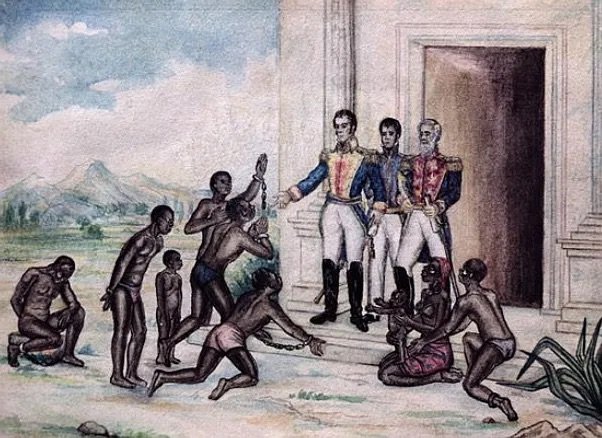
A Tool of Marginalization
The Castas System aimed to establish a hierarchy based on racial purity. It categorized individuals by their racial ancestry, acting as a means of control and division.
LA CASTAS PAINTING - PART OF THE COLLECTION IN MUSEO NACIONAL DEL VIRREINATO, TEPOTZOTLAN, MEXICO
The Colonizers aimed to dominate and forced eugenics onto Indigenous people and enslaved people through the means of the castas. The oppressive system controlled marriages to dilute the indigenous race. Doing so suppressed their cultures, eradicating traditions and languages, and subjected the Incas to displacement, exploitation, physical and emotional abuse, as well as land seizure. Each caste had specific rights and responsibilities. Europeans had the highest status, while the Indigenous and enslaved Africans followed, facing discrimination based on percentages of their racial makeup. The Castas determined occupation, marriage, education, and wealth, maintaining European dominance. Though the system was dismantled in the 1800s, its legacy persists in Latin America. European and British settlers would continue to subjugate communities of color to terrible violence and genocide, all due to ethnocentrism.
The "devil's paradise" era in the Amazon from 1850 to 1913 marked a tragic chapter. Led by Julio Cesar Arana, Arana House was established in Iquitos, Peru, which sought control over the indigenous population to harvest rubber trees. Men became enslaved, while women and children faced daily abuse. Despite reports, profit overshadowed the genocide. It wasn't until 1910 that Arana House faced investigation. However, due to a technicality, Arana evaded punishment, and the masses soon forgot the case amidst the chaos of World War I. Today, it is estimated that close to 200,000 lives were lost.








